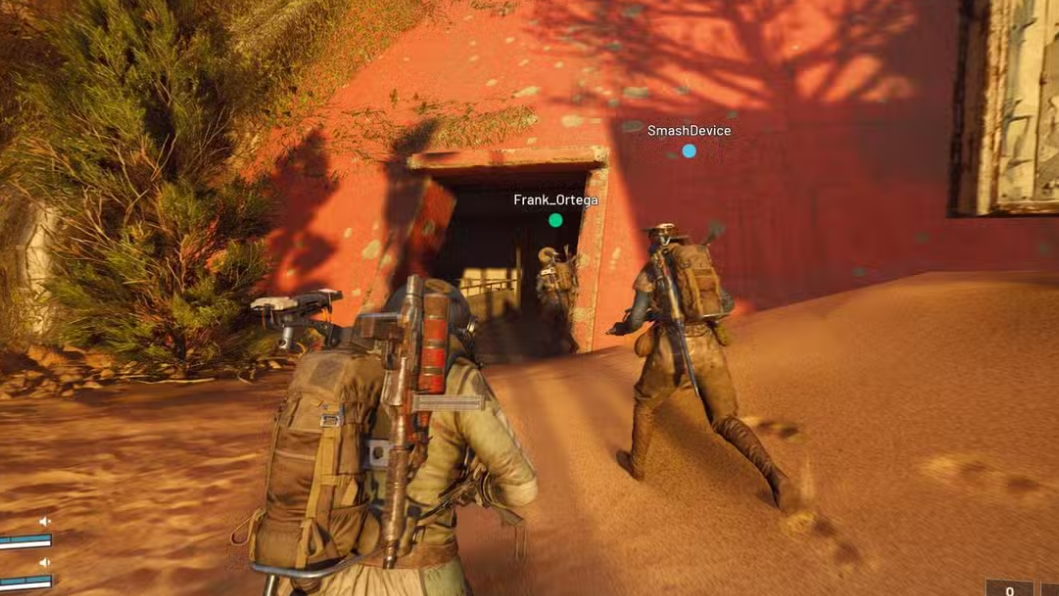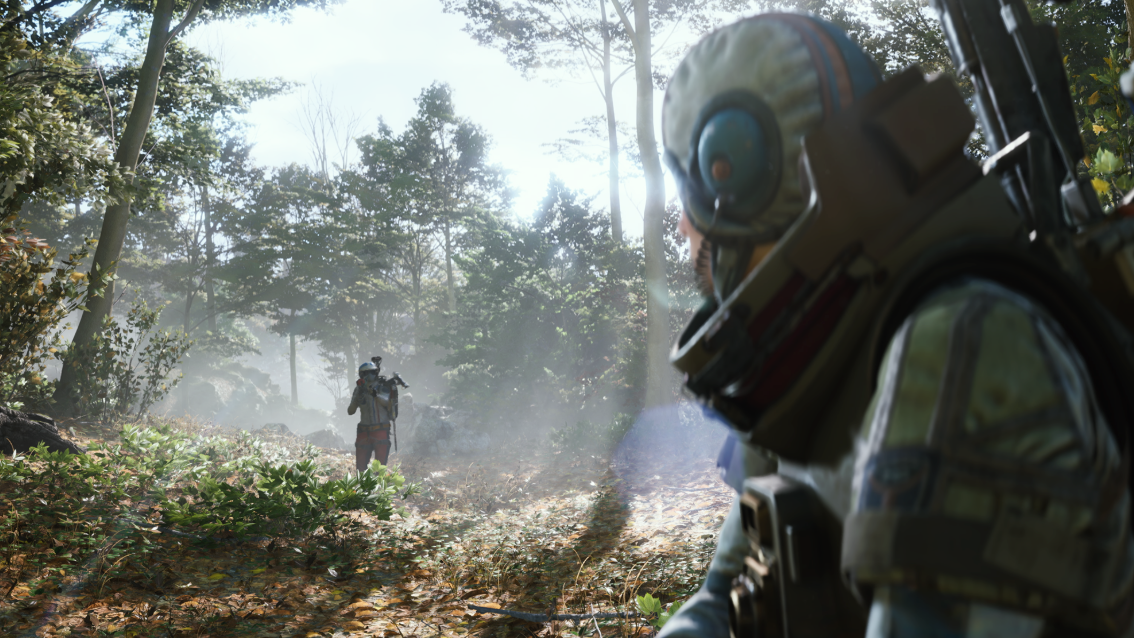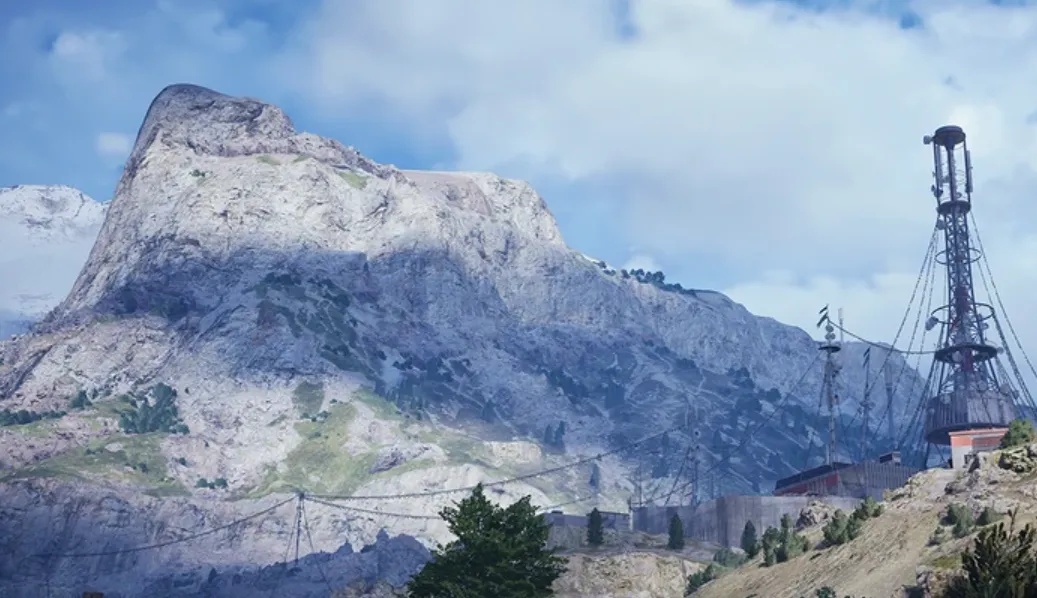Blue Gate pushes ARC Raiders into higher elevations. It’s set in the mountains, mixing open valleys with clusters of small towns and a web of tunnels and underground complexes. That blend of outdoor and interior spaces is the point: one moment you’re crossing exposed ground, the next you’re navigating confined passageways beneath it.
Blue Gate overview (what’s confirmed)
- Setting: high in the mountains with broad open areas.
- Settlements: scattered small towns and outposts.
- Subterranean routes: tunnels and larger underground complexes.
- Global systems: changing weather and times of day apply, and locations can roll special conditions that alter how a map plays and what it pays out.
- Group sizing: go solo or squad up to three; matchmaking aims to pit solos against solos and squads against squads.
How Blue Gate compares to other maps
| Location | Core setting | Notable terrain/areas |
|---|---|---|
| Dam Battlegrounds | Lowlands around a power plant | Forests, swamps, old research centers, apartment buildings |
| Buried City | Pre-collapse city under sand | Hospital, mall, town squares, apartments, older architecture |
| Spaceport | Derelict launch facility | Industrial pads, hangars, aging tech across fenced compounds |
| Blue Gate | High-altitude mountain region | Open areas, small towns, tunnels, and underground complexes |
| Stella Montis | Rumored destination | Details are intentionally undisclosed; access method is unknown |
What the tunnels and underground complexes mean for a raid
The tunnel network and larger underground spaces on Blue Gate create clear shifts in tempo. Interior paths reduce sightlines and funnel movement, while exits can dump you back into wide, visible ground. The result is a loop of compression and release:
- Interiors: predictable routes, more corners, stacked vertical corridors.
- Exteriors: long sightlines, exposure to multiple angles, more weather impact.
Expect to alternate between those states frequently as you traverse from town clusters into the mountainside and back under it. Routes that dive into the tunnels can help you avoid attention topside; the tradeoff is fewer escape options once committed.

Conditions and time of day
Like the rest of the Rust Belt, Blue Gate runs under varying weather and different times of day. Special conditions can also roll on a given session, changing both the moment-to-moment gameplay and the rewards on offer. Those modifiers can push you to rethink pathing through the tunnels versus crossing open ridgelines, and they can affect how long you linger around a hotspot before moving on.
Solo vs. squad on Blue Gate
Both approaches are viable across all locations. Going solo on Blue Gate gives you more freedom to thread smaller interior routes quietly; squads of up to three can share risk and carry more, but make more noise and are easier to spot in open mountain areas. Matchmaking prioritizes pairing similar team sizes, so the threats you face should roughly mirror your group structure.

What’s known (and not) about Stella Montis
Stella Montis is teased as a separate destination with details intentionally left unclear. The name shows up alongside Blue Gate in selection screens and pre-launch materials, but what it is and how you reach it is still undisclosed. Treat it as a future thread to pull once the community uncovers more.
Key takeaways for Blue Gate runs
- Plan routes that use both layers. Tunnels can break line of sight; open mountain paths get you there faster but with more exposure.
- Expect frequent transitions. Town blocks, valley crossings, and subterranean segments are tightly interleaved.
- Watch the session conditions. Weather, time of day, and special modifiers change risk and payout, which can steer you underground or back into the open.
- Pick a team size that matches your comfort with interior chokepoints versus open-area engagements; both are baked into Blue Gate’s layout.
Blue Gate’s promise is variety on a single map: the open, the dense, and the hidden. If you’re heading there for the first time, expect a lot of pivots—between light and dark, weather swings, and the constant choice of whether to drop into the tunnels or sprint across the ridge.


